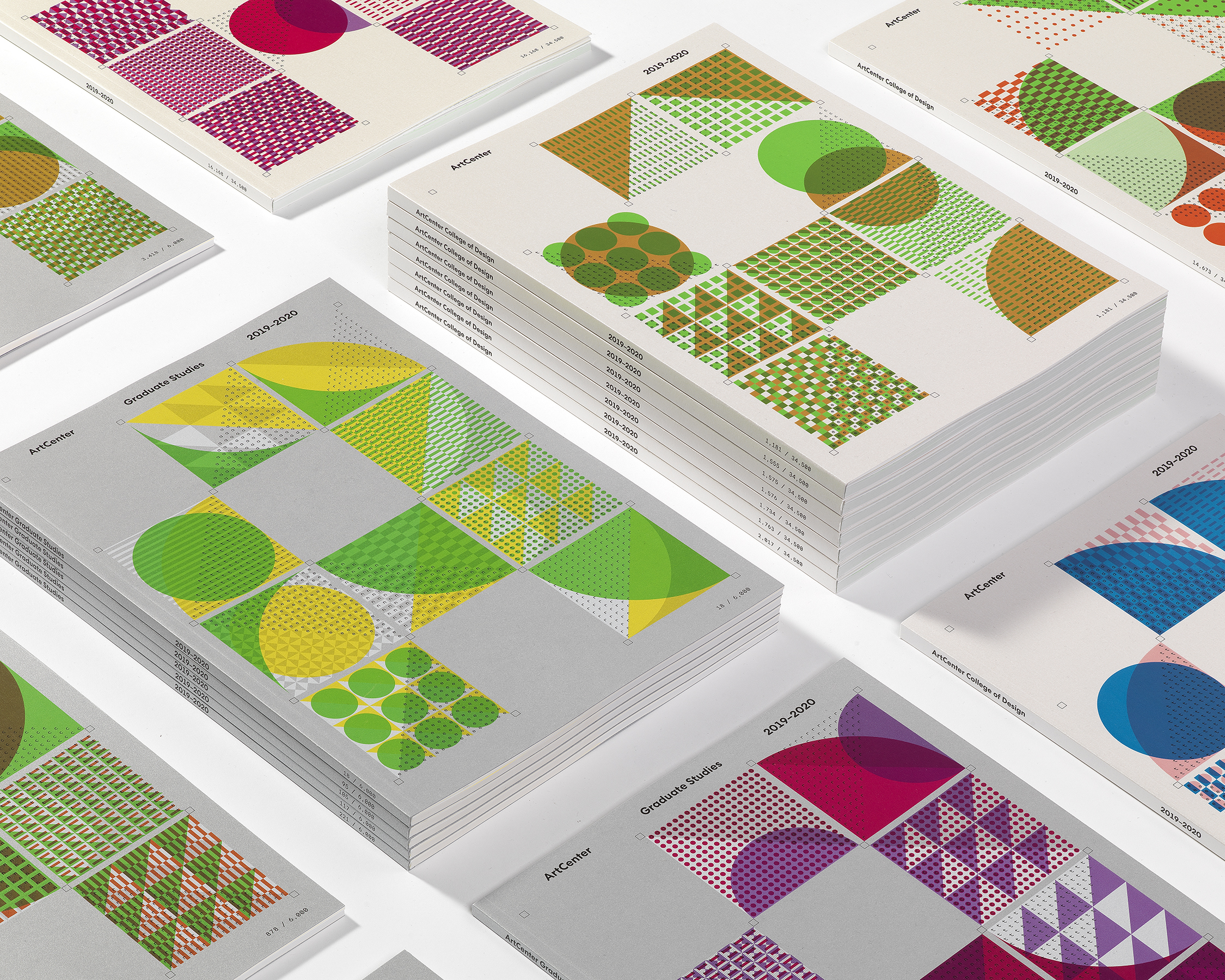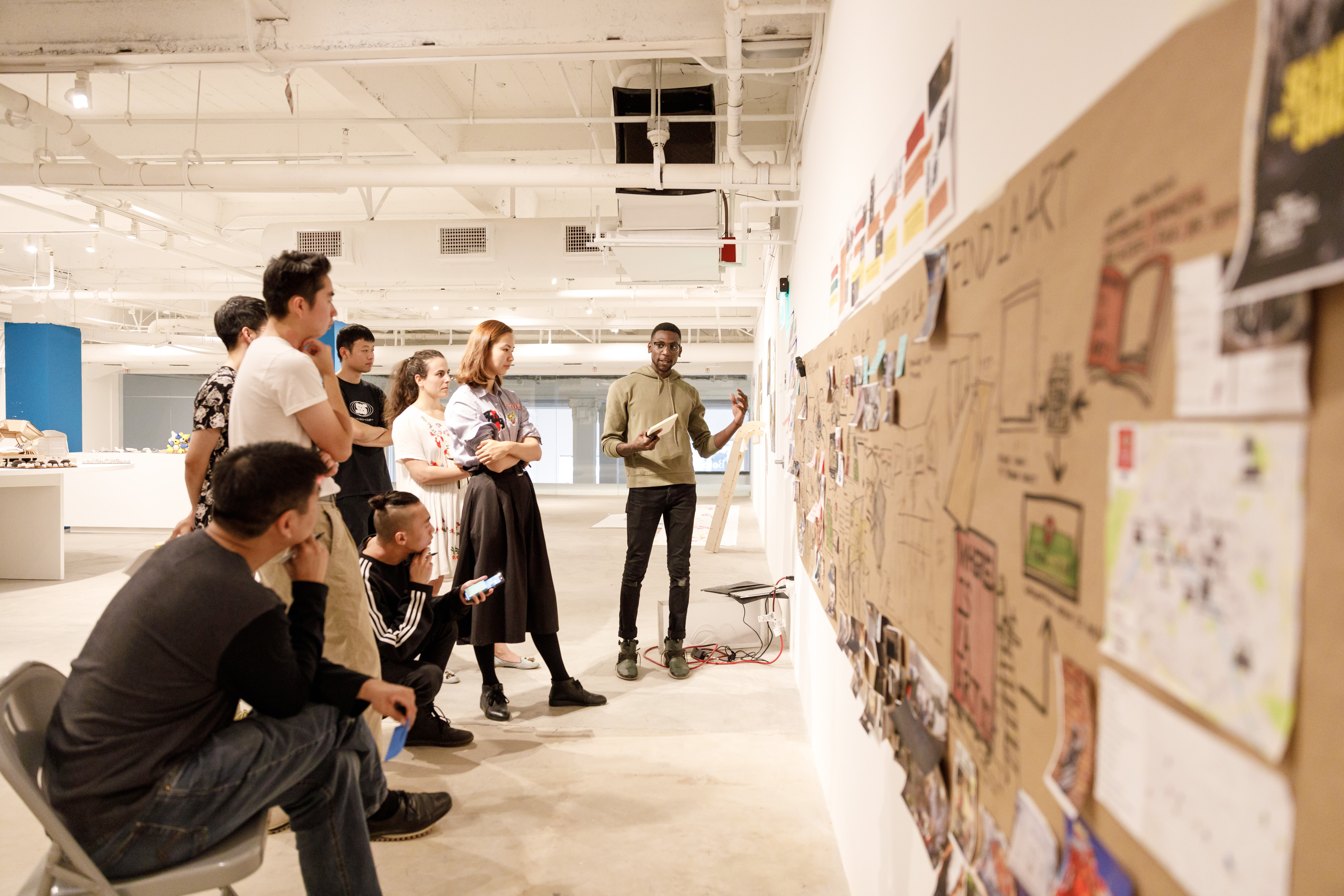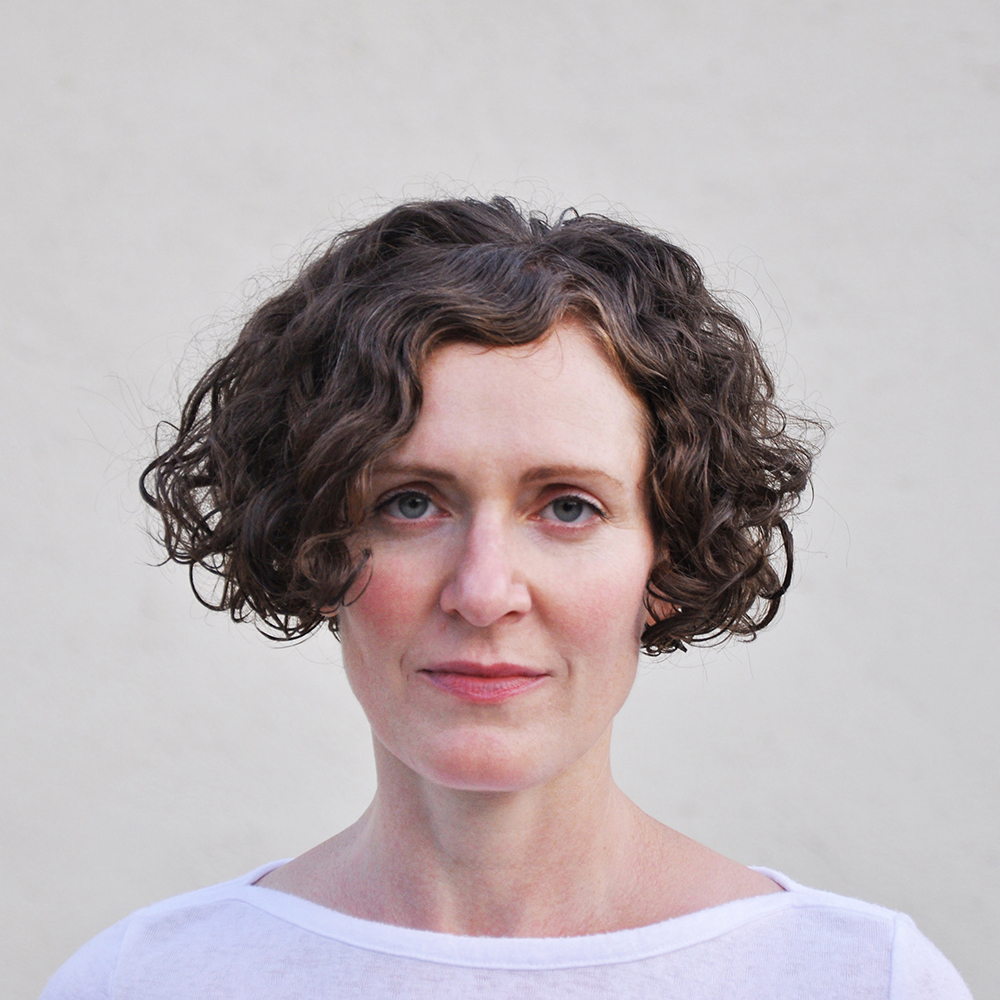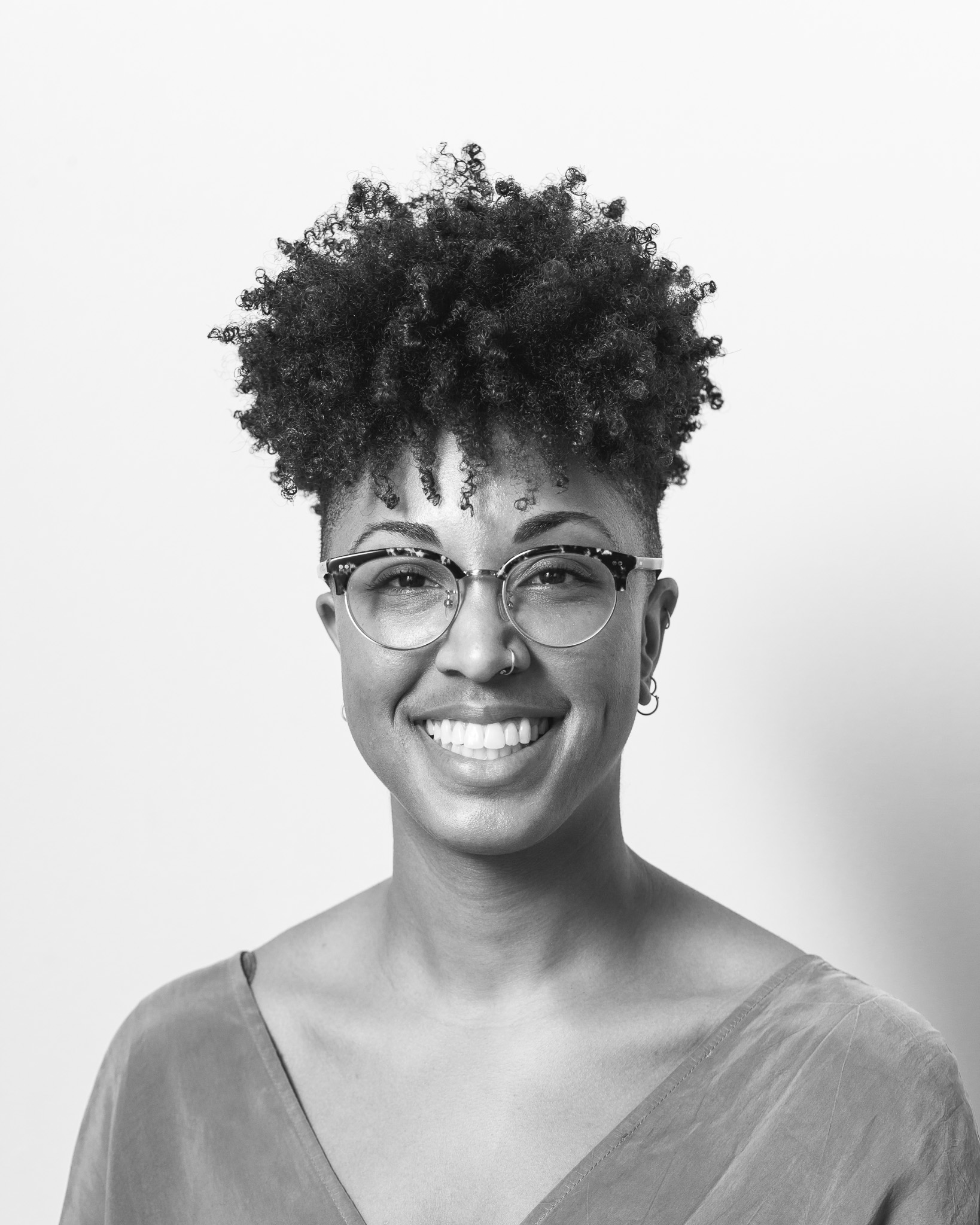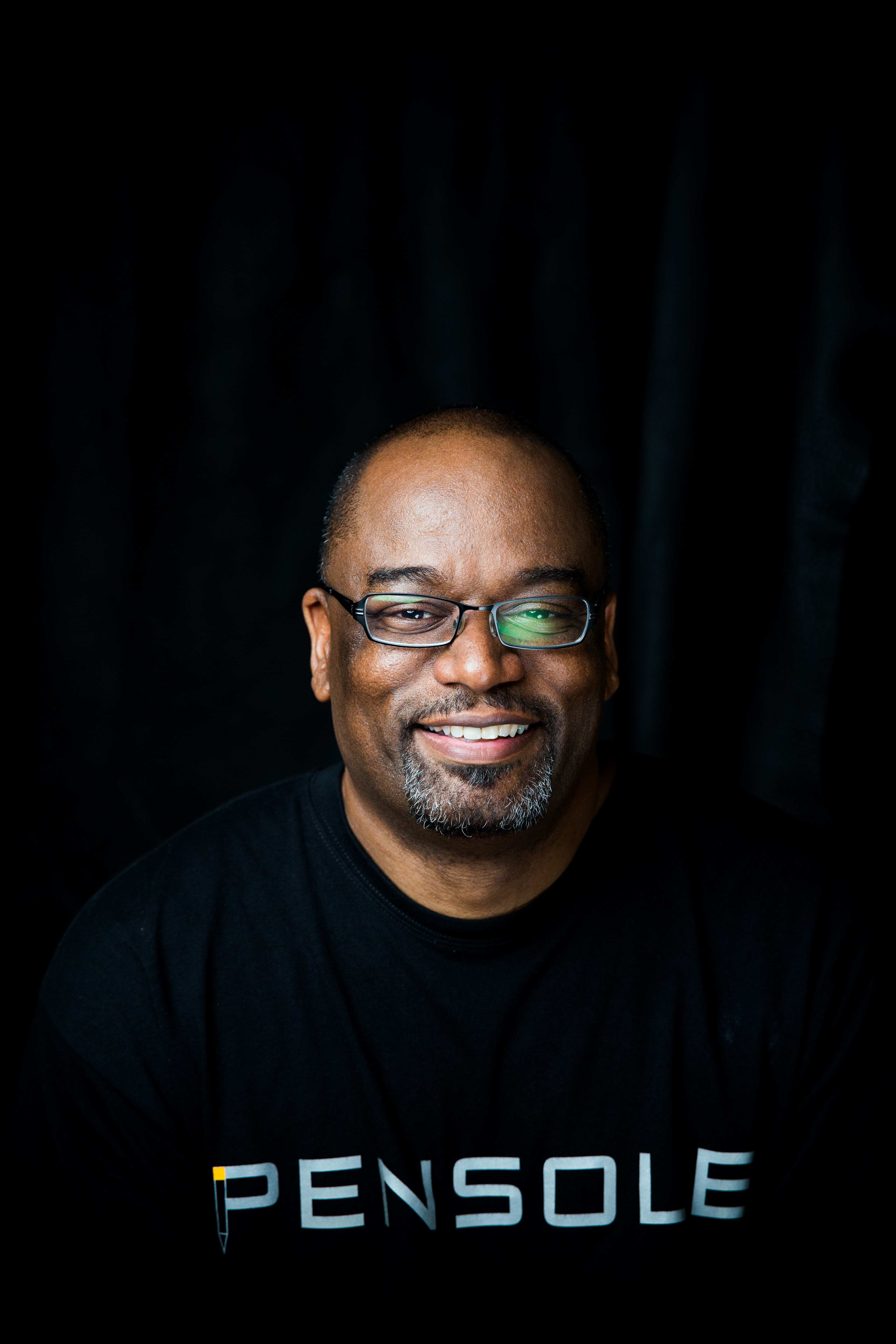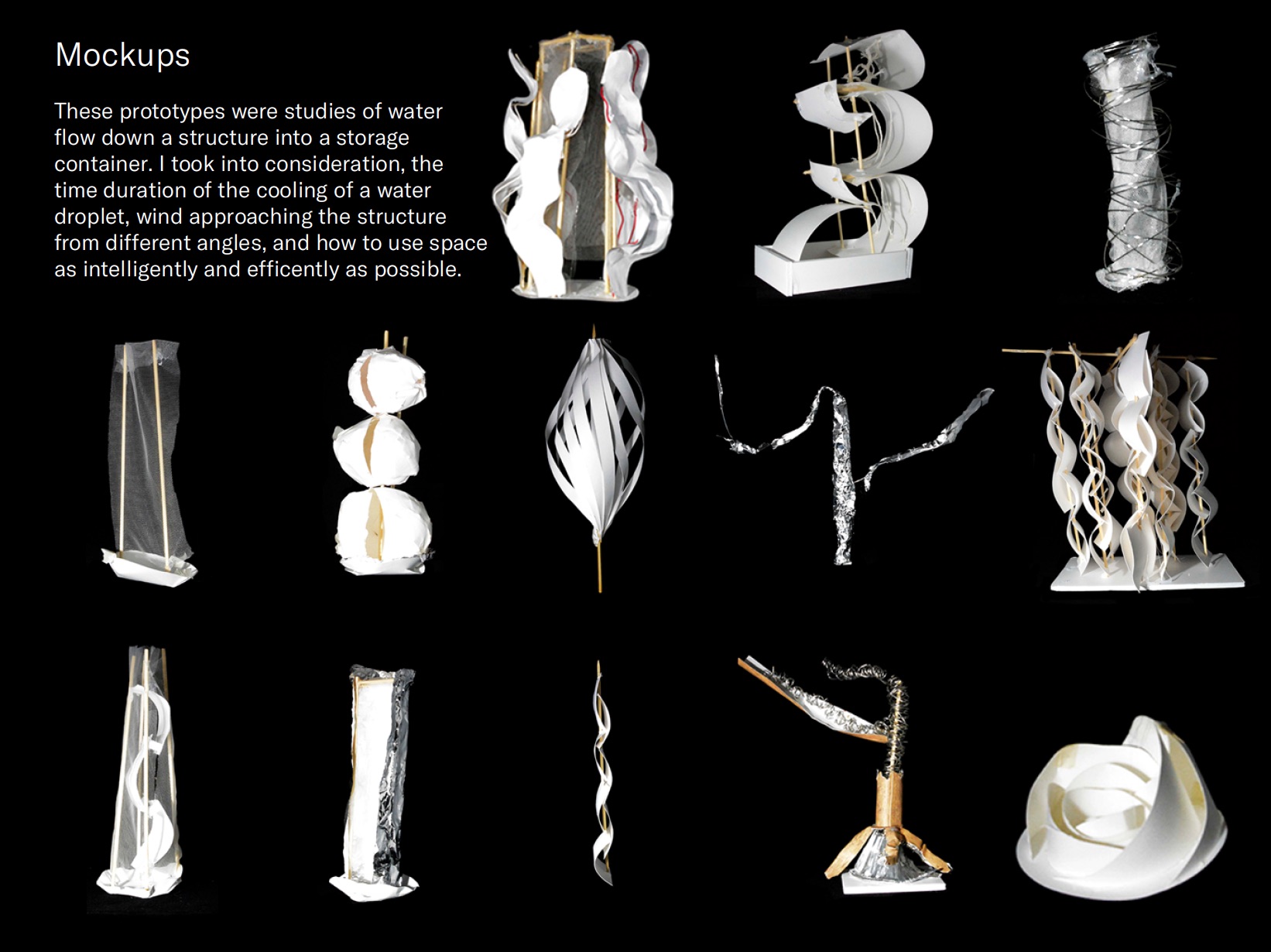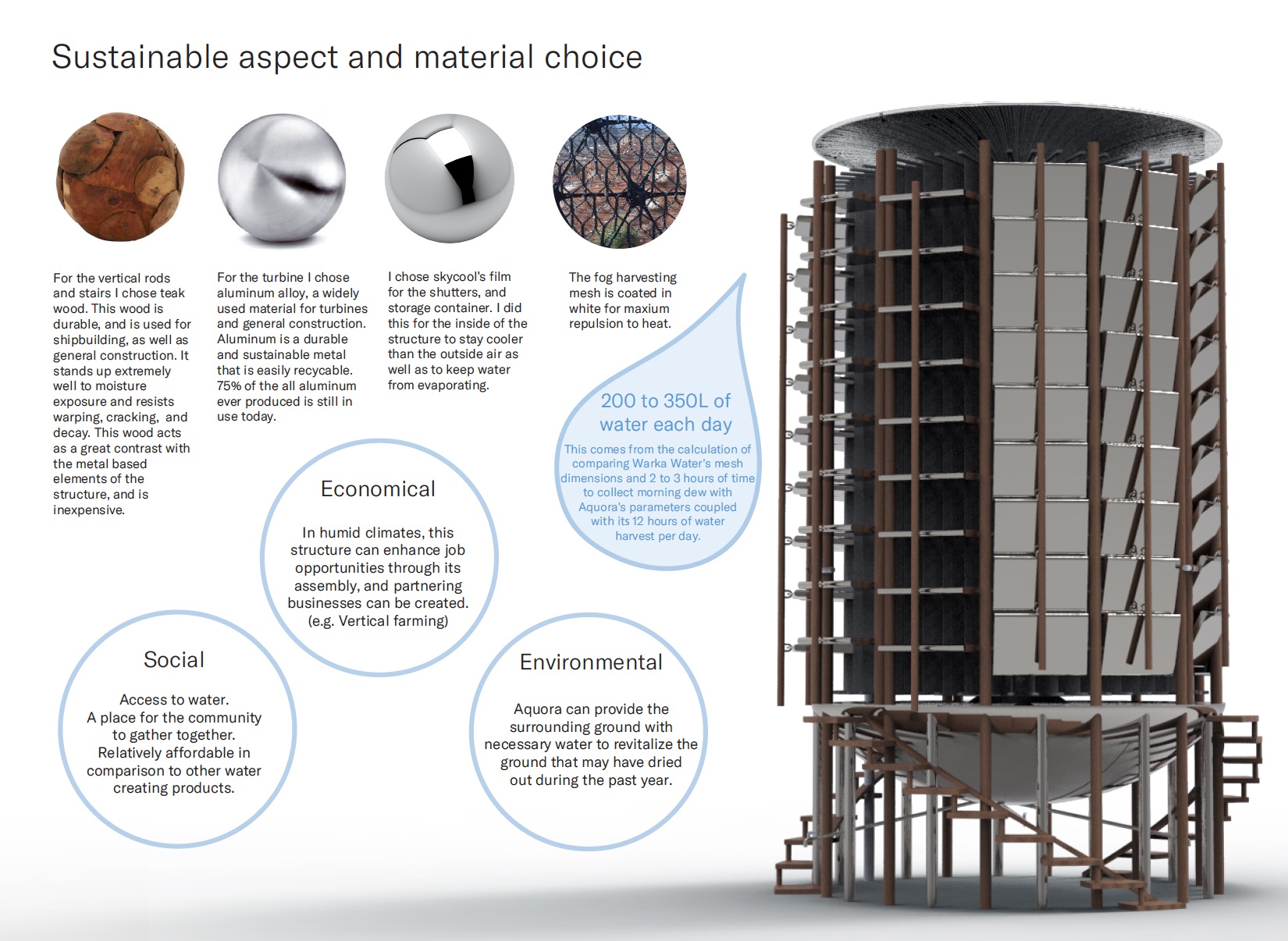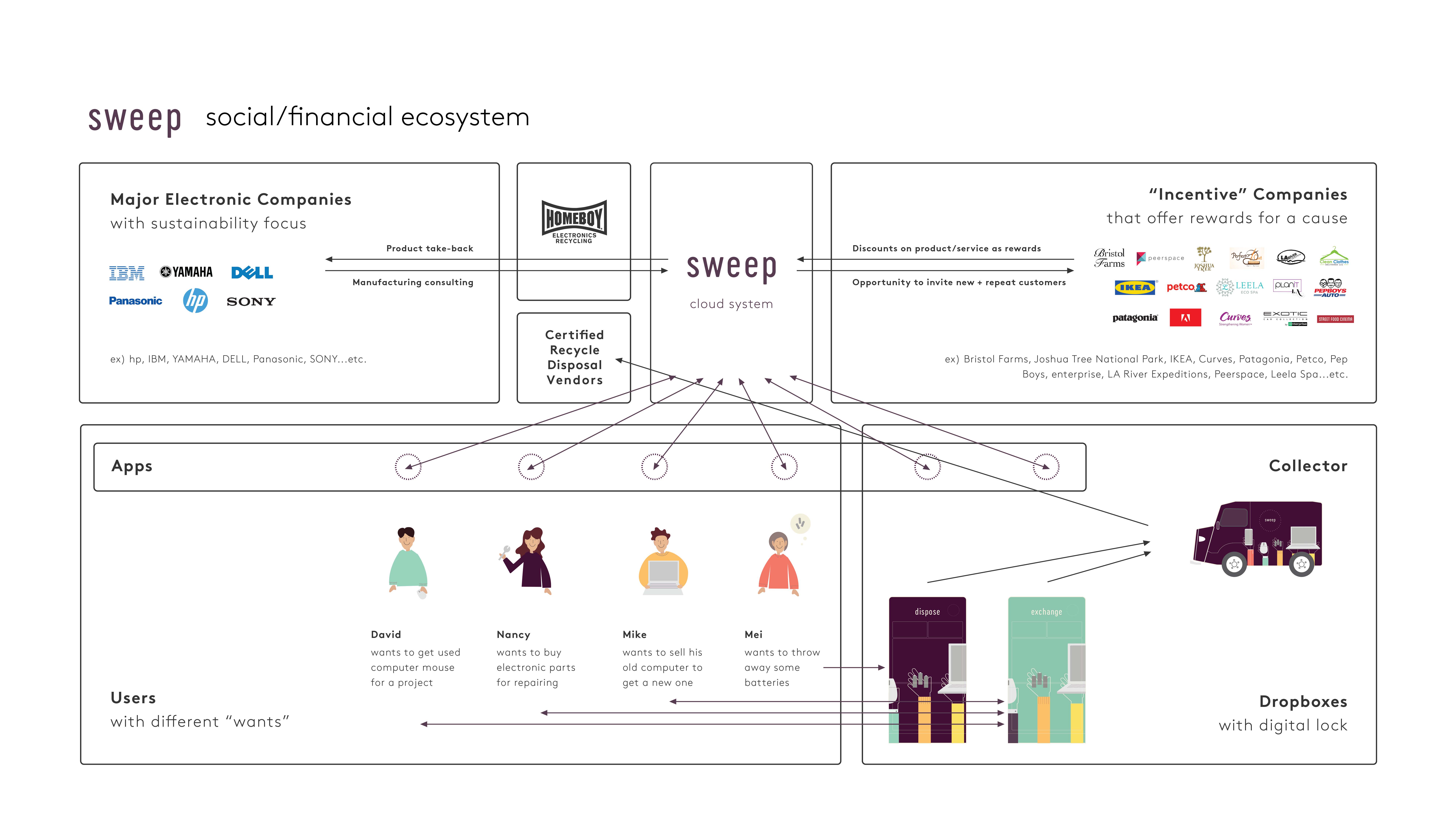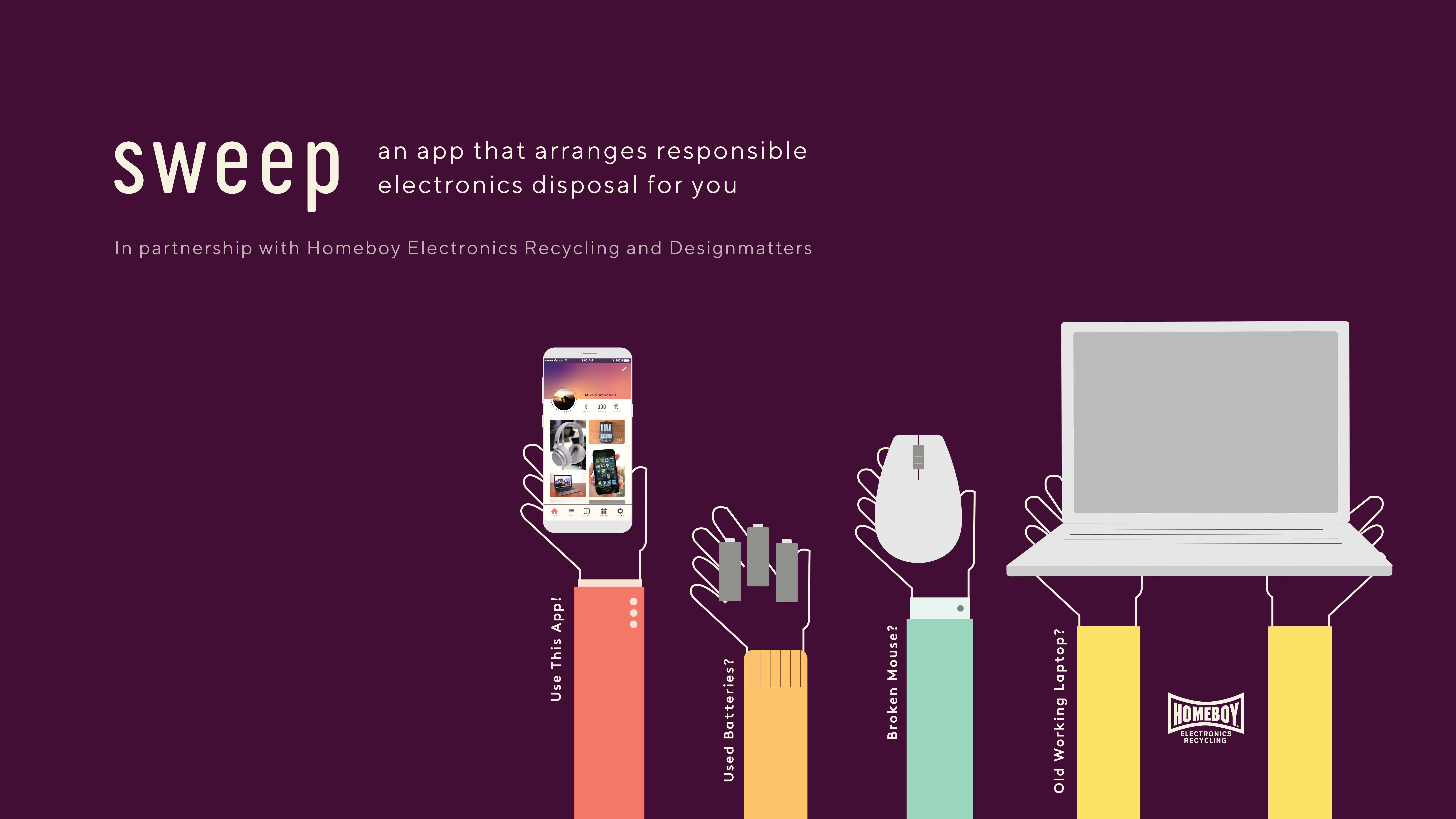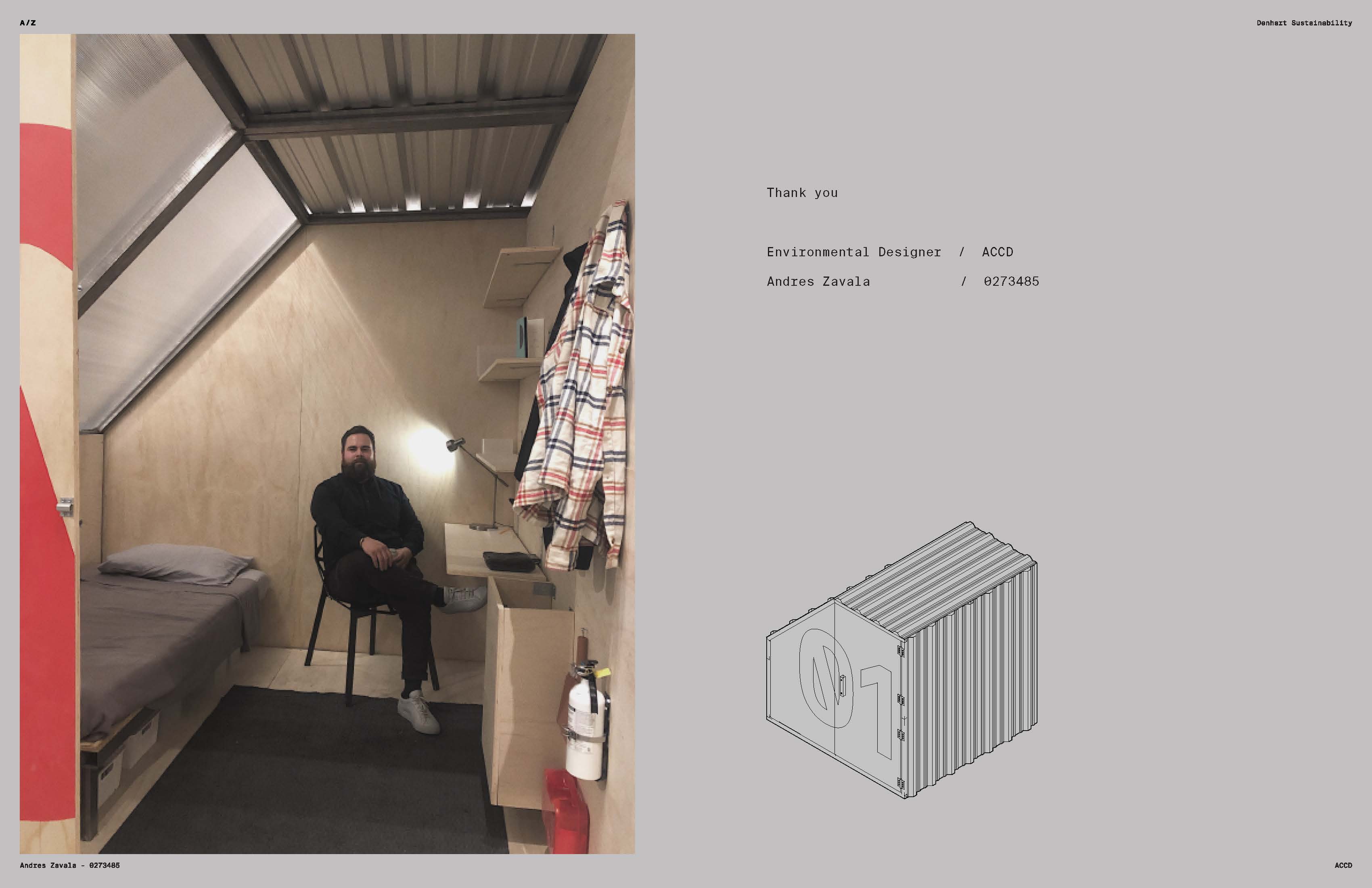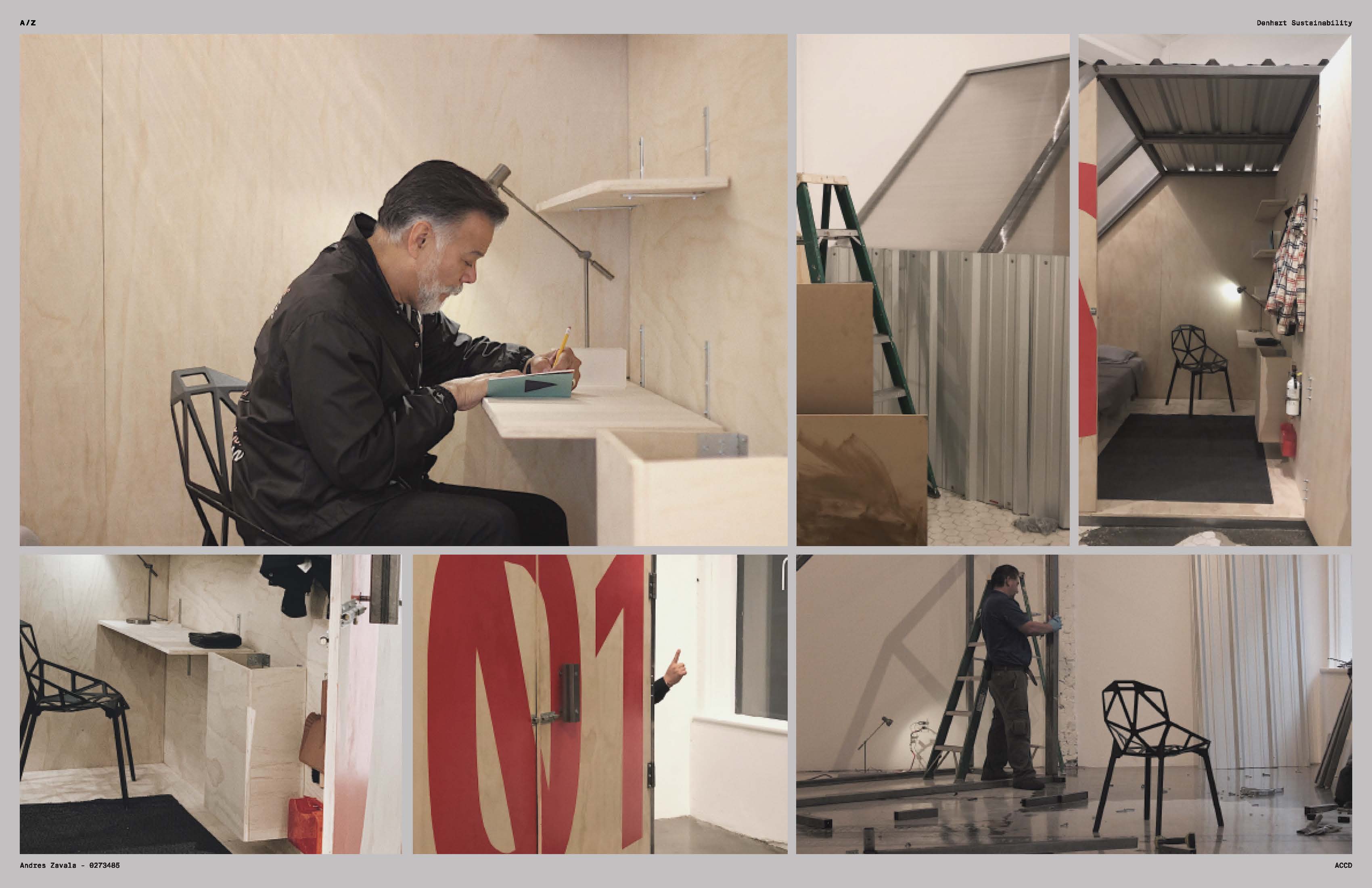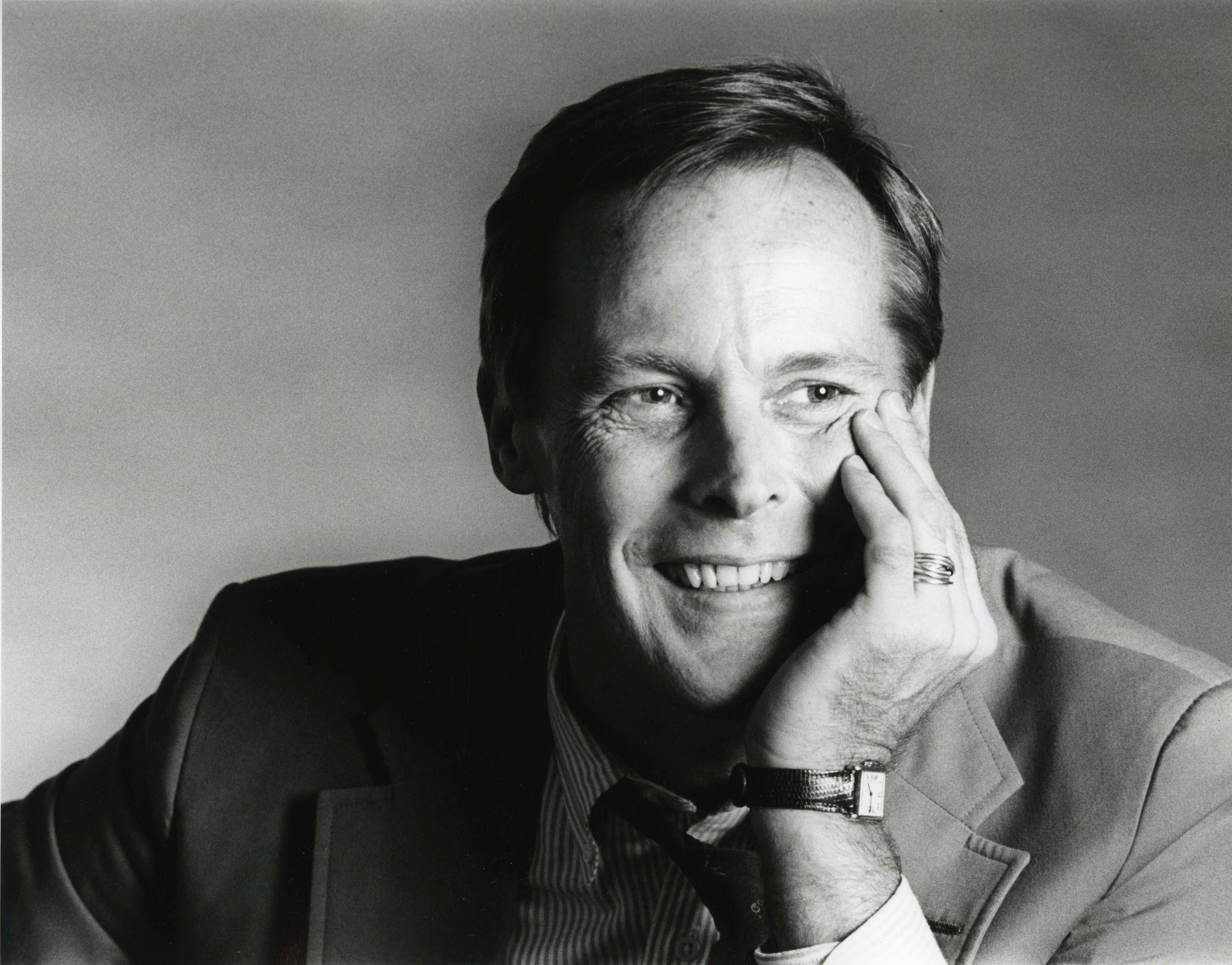
Paul Hauge circa 1984. Photographer unknown. Image courtesy ArtCenter Archives.
For many of us, it is our toughest teachers we remember with the most affection. Not because we learned the most from them, although we usually did, but because their toughness signaled a confidence in us—that we were worth teaching, that we had potential. ArtCenter alum, former Graphic Design Chair and faculty member Paul Hauge was one of those teachers.
When asked about designers who influenced him, Paul once recounted, “early on during my student experience at ArtCenter, Lou Danziger pierced my rather large, over inflated self-absorbed ‘ego balloon’ which has saved my professional and private life on more occasions than I care to mention.”
I met Paul in San Francisco when my career was young and my goals were vague at best. Knowing next to nothing about graphic design, I had been asked to help with copywriting and editing for the Academy of Art College (now University) catalog. Paul was the lead designer and I recall battling with him regularly over the amount of copy I believed was essential. Early on in our relationship, he pierced my over inflated self-absorbed ego, passing on the lesson he learned from the aforementioned Danziger, and, in doing so, he helped me become a better writer. We worked together on a number of projects over the next few years and I continued to find his high standards exhausting but came to appreciate the thought and care he devoted to everything he did. Still, I was convinced he thought I was a complete idiot.
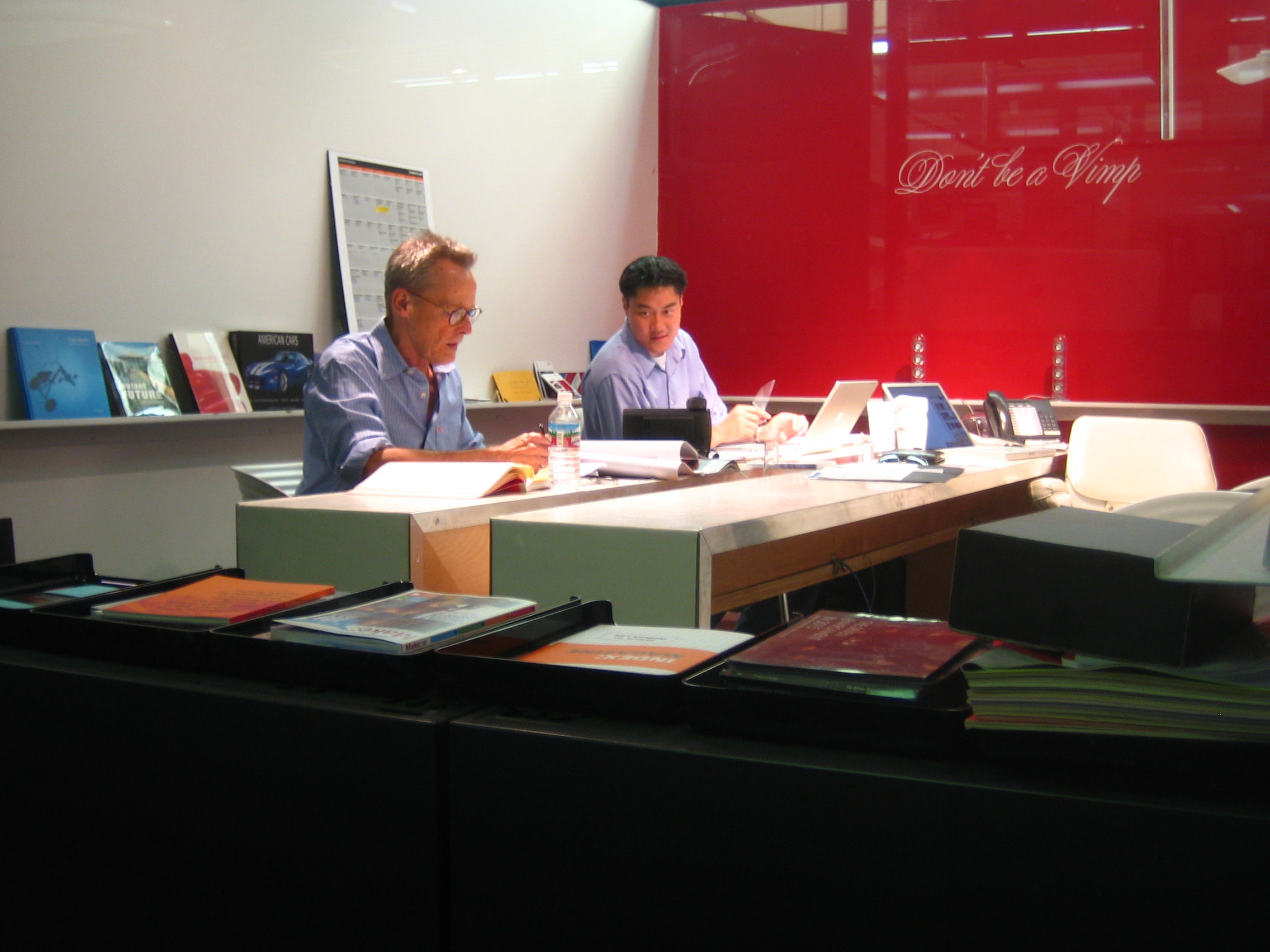
Paul Hauge and Steve Kim at work in Graphic Design office. Photo courtesy Nik Hafermaas
Many years and a few career moves later, I joined the Marketing and Communications team at ArtCenter and was delighted to run into Paul in the Student Dining Room. While we were reminiscing, I remember saying, “I had no idea what I was doing back in those days.”
Laughing, he replied, “you were one of the few that did.”
Paul’s relationship with ArtCenter started in the 1960s when he enrolled in the Advertising program (Graphic Design did not yet exist as a department). After graduating, Paul joined forces with fellow alum Hal Frazier, forming an enduring friendship and professional partnership that spanned more than 50 years and two continents. Together they founded Neumarket Design Associates in 1967, which started as a graphic design studio focused on print materials but developed into a full-service creative agency that was revolutionary at the time. Working directly with clients, eliminating account supervisors, the duo branched into packaging, commercial interiors, television commercials and titles, fashion presentations, cosmetic promotions and, for one client, singer Andy Williams, a beach house.
Paul and Hal also brought their innovative ideas and exacting standards back to ArtCenter, taking teaching and leadership roles at the College both in Pasadena and at ArtCenter Europe (which existed from 1986–1996).
As a teacher, Paul pushed students to be the best they could be, demanding that they gain a deep understanding of the work and the ability to explain it. The biggest sin was to design without purpose.
“The intelligent graphic designers think before they begin to manipulate art elements. This process is not gratuitous, but rather an articulate method of problem solving resulting in astute graphic solutions that truly motivate and communicate. To do otherwise is merely decoration,” Paul explained in ArtCenter’s 1981 catalog.
As a department chair, Paul mentored faculty, some of them former students. Ramone Muñoz recalls, “Paul created a sense of family among his teachers, which made them work together and work harder.”
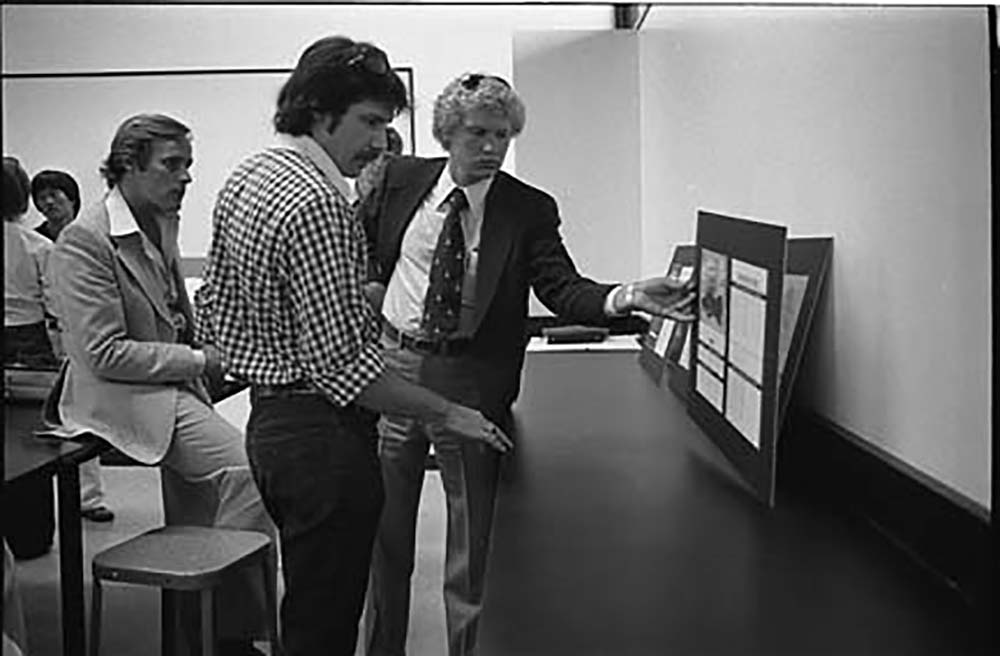
Paul Hauge and guests viewing student work. 1975. Photo: Alice Hall
Growing up an only child, ArtCenter became Paul’s family. Fiercely devoted to his career, students, colleagues and friends, Paul and his influence lives on. Those he taught and inspired have become designers, educators and mentors to the next generations. It is an enduring legacy that continues to enrich the design world.
And now, equally devoted friends and former colleagues have rallied to support Paul as his health has deteriorated.
Following his retirement in 2012, Paul considered moving to Laguna Beach to be closer to Hal. Noting Hal was busy consulting and painting, and with hints Paul was going to need help and support settling into a new environment, Steve Sieler, a former student who kept in touch following graduation and had developed a close friendship with Paul, suggested instead Paul join him in the Bay Area, where he was living at the time, and where ArtCenter has a thriving alumni community.
“I hadn’t seen Paul regularly in recent years up to that point, so, upon his arrival, it was a surprise for me to see how much he was struggling with confusion and forgetfulness,” said Steve. Regrettably, Steve was witnessing his friend and mentor experiencing the first stages of Alzheimer’s disease.
“Despite the unexpected and weighty responsibility of managing his needs,” Steve related, “I couldn’t turn away from someone who, up to that point in my life, had been a teacher, mentor, style-guru, influencer and friend. So, I began to help him manage his affairs. At first, we did it together; eventually it became my sole responsibility.”
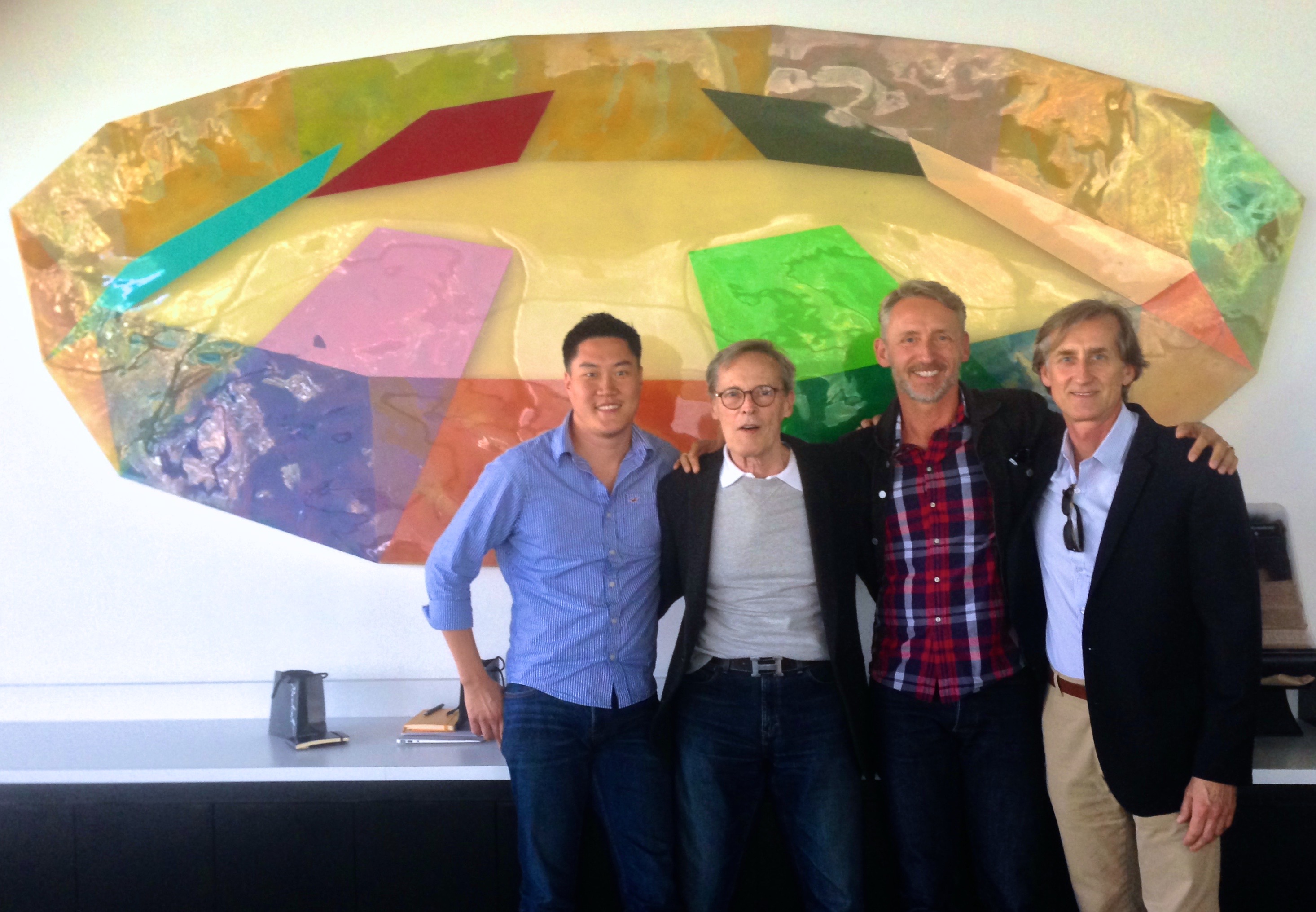
Steve Kim, Paul Hauge, Nik Hafermaas, Steve Sieler. Photo courtesy Nik Hafermaas
Today, Paul lives in Laguna Niguel, in a care environment that supports his modest needs. Unfortunately, his expenses exceed his income. With limited, declining savings, Steve enlisted the help of fellow alum and current ArtCenter faculty member Dana Herkelrath, who was the first to raise her hand to say, “I want to help.”
Together, Dana and Steve spread word of Paul’s situation to a small number of former ArtCenter students and colleagues. For the past year, they have helped supplement Paul’s resources.
But, Steve notes, “our support group is small. And it’s becoming too much to continue to rely on these gracious, enthusiastic and generous individuals.”
Steve and Dana have recently created a GoFundMe campaign to raise money to cover Paul’s continued care. Knowing he impacted so many lives and careers, they hope to reach those in the ArtCenter community who are not already aware of Paul’s situation.
Paul embraced ArtCenter, devoted his life to this community and influenced so many of us—I can’t think of a better reward than for him to experience the love and support that comes from being part of our large extended ArtCenter family.

